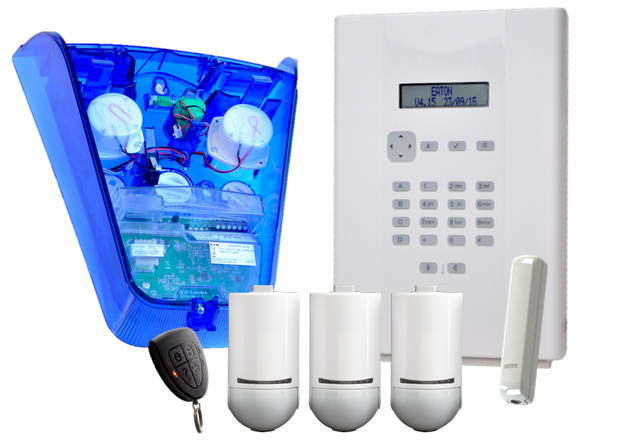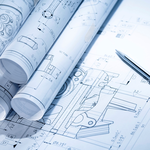Why is cybersecurity becoming more important to home owners and installers?
_________________________________
The adoption of connected technology is rising quickly as consumers seek greater levels of control, convenience and comfort. Due to this, the global sensor and device market for home security and automation is expected to grow $4 billion by 2021 (ABI Research).
Much of the growth is linked to the adoption of "smart" homes, projected to cover 91 million residences across Europe and North America by 2020 (Smart Homes and Home Automation). Security systems are a vital part of the smart homes trend with IP-enabled surveillance cameras, sensors, panels, and cloud management allowing home owners to remotely manage their systems and receive alerts through push notifications.
Installers also benefits from reduced time, complexity and cost of installation; alongside the flexibility to perform management and maintenance tasks off site - for example installers based in Birmingham could easily manage systems across the country.
New threats
The rise of IP-enabled security systems does bring with it a number of challenges for installers, including perceived technical difficulties, the encroachment of IT companies, the rising popularity of DIY solutions, lack of training and cybersecurity risks.
Intruder and surveillance systems, like other smart home technologies are vulnerable to the growing threat of hacking. The prpl Foundation found that smart homes are "woefully" insecure to cyber-attacks and many intruder and surveillance systems simply aren't designed for the increasingly sophisticated attacks that hit cloud based systems.
Meet SecureConnect: a range of cloud connected devices that can be monitored and controlled remotely

Rigorously tested by Eaton's Cybersecurity Centre of Excellence in the USA and hosted by a major multi-sited datacentre, SecureConnect integrates cybersecurity as a guiding principle.



